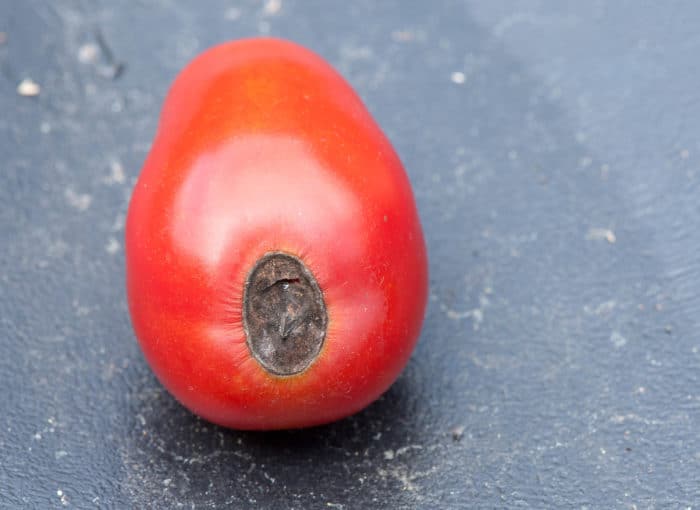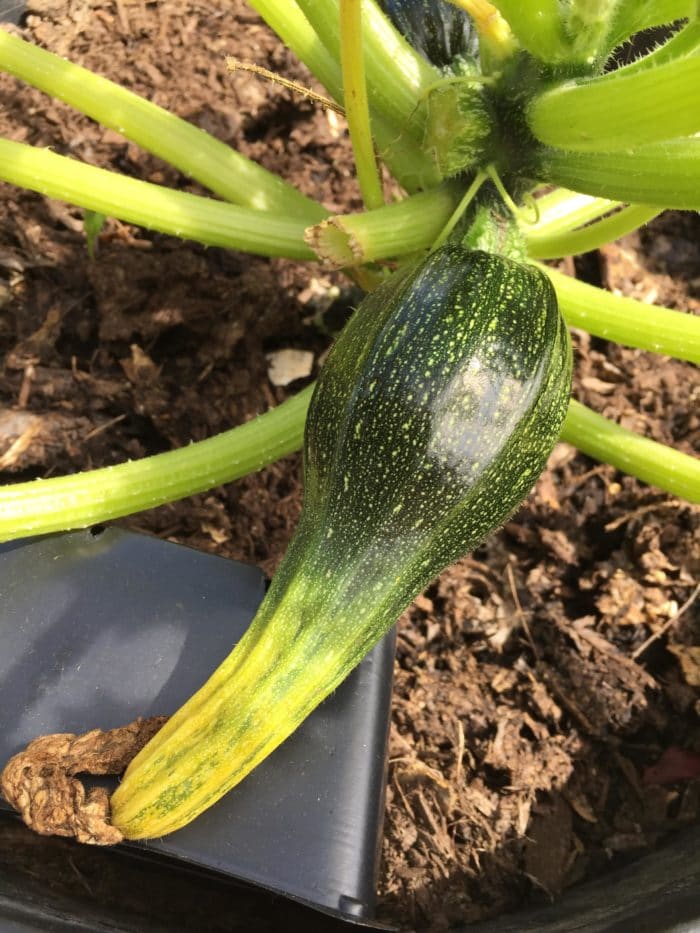The classic symptom of blossom-end rot is a water-soaked spot at the blossom end of a tomato fruit. This relatively common problem is not a disease, but rather a physiological disorder caused by a calcium imbalance within the plant. It can occur in peppers, zucchinis, various squash varieties, cucumbers and melons too.
Blossom-end rot is most common in southern and eastern Africa when the growing season starts out wet and then becomes dry when fruit is setting. Obvious damage first appears when the crop is approximately half their full size. The water-soaked areas enlarge and turn dark brown and leathery. These areas will eventually begin to rot, so the fruit should be picked and discarded.
Several factors can limit a plant’s ability to absorb enough calcium for proper development. These include:
- Fluctuations in soil moisture (too wet or too dry).
- An excess of nitrogen in the soil.
- Root damage due to cultivation.
- Soil pH that’s either too high or too low.
Prevention and Control
- Ensure that the soil or growing medium has healthy levels of Calcium of between 400 and 800ppm. Calcium can be added prior to planting into the rows by drench or else by foliar spray when the plants have enough foliage to be able to take the Calcium up., at least 6 leaves. Goldsuite’s Calcium products are an excellent source of Calcium which is available very quickly as a result of the extra fine micron size of the products. (See Goldsuite’s product pages.)
- Maintain consistent levels of moisture in the soil throughout the growing season. When the weather is dry, water thoroughly once or twice each week to moisten the soil to a depth of at least 15cms.
- Maintain soil pH at or near 6.5.


